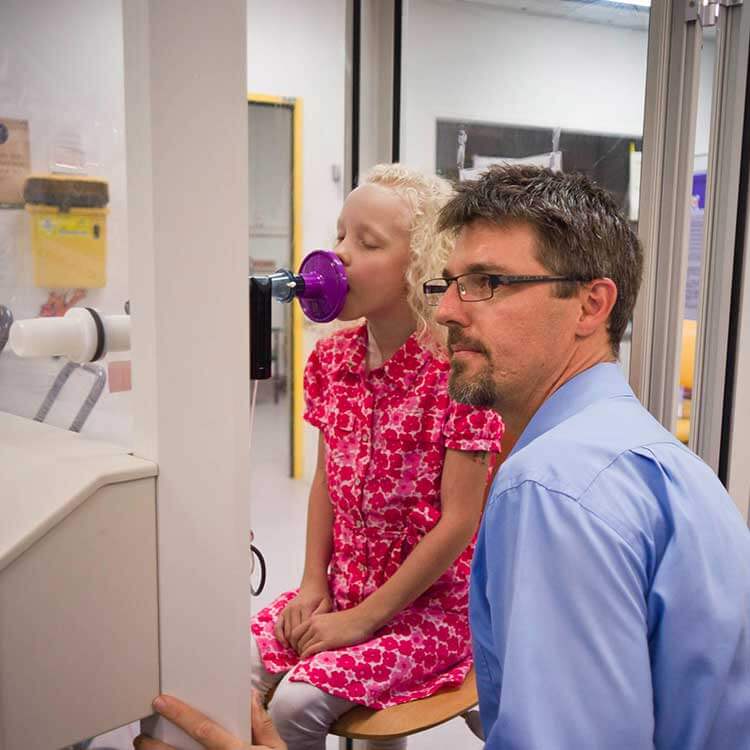Search
Research
Elevated leukotriene B4 and 8-isoprostane in exhaled breath condensate from preterm-born infantsInflammation and oxidative stress play a key role in the development of bronchopulmonary dysplasia (BPD), possibly contributing to persistent respiratory morbidity after preterm birth. We aimed to assess if inflammatory markers were elevated in exhaled breath condensate (EBC) of infants born very prematurely (< 32 weeks gestation) at 12-16 corrected months of age, and if increased levels were associated with BPD diagnosis and respiratory morbidity.
Research
Performance Accuracy of Wrist-Worn Oximetry and Its Automated Output Parameters for Screening Obstructive Sleep Apnea in ChildrenObstructive sleep apnea (OSA) increases the risk of perioperative adverse events in children. While polysomnography remains the reference standard for OSA diagnosis, oximetry is a valuable screening tool. The traditional practice is the manual analysis of desaturation clusters derived from a tabletop device using the McGill oximetry score. However, automated analysis of wearable oximetry data can be an alternative. This study investigated the accuracy of wrist-worn oximetry with automated analysis as a preoperative OSA screening tool.

News & Events
Lung problems continue into childhood for premmie babiesNew research from Perth’s The Kids Research Institute Australia shows that babies born premature continue to have lung problems well into childhood.
Research
Characterization of maximal respiratory pressures in healthy childrenMeasurements of maximal voluntary inspiratory (Pi max) and expiratory (Pe max) pressures are used in the management of respiratory muscle disease...
Research
Infection, inflammation,and lung function decline in infants with cystic fibrosisBetter understanding of evolution of lung function in infants with cystic fibrosis...
Research
Reference values for spirometry: The way forward for our patientsFew clinical respiratory laboratories have assessed the impact of changing reference equations on the interpretation of spirometric outcomes.
Research
Lung volume and ventilation inhomogeneity in preterm infants at 15-18 months corrected ageTo assess whether lung volume and ventilation inhomogeneity in preterm infants at 15-18 months corrected age

News & Events
The Kids Research Institute Australia welcomes tough new measures to save kids from vapingThe Kids Research Institute Australia strongly supports the Federal Government’s announcement today to introduce a suite of reforms aimed at banning non-prescription vaping products in Australia.
Research
Selection of appropriate spirometry reference values in Aboriginal AustraliansThe Global Lung Function ‘Caucasian’ and ‘Other’ spirometry equations do not match healthy Aboriginal FEV1 and FVC data
Research
Could home-based FeNO measurements breathe new life into asthma management?Developing a FeNO test that is affordable enough to allow daily measurements, patients will be able to access quantifiable data to assist them to monitor their asthma
